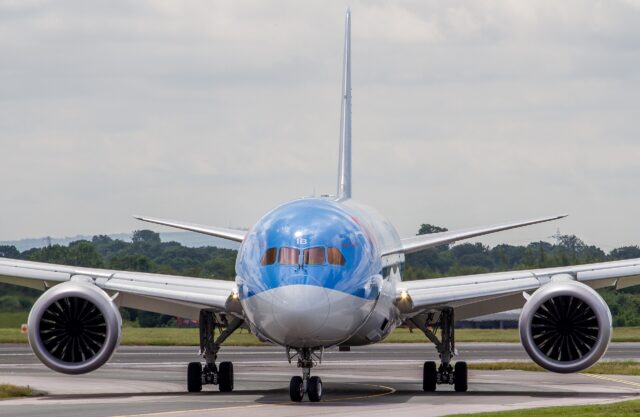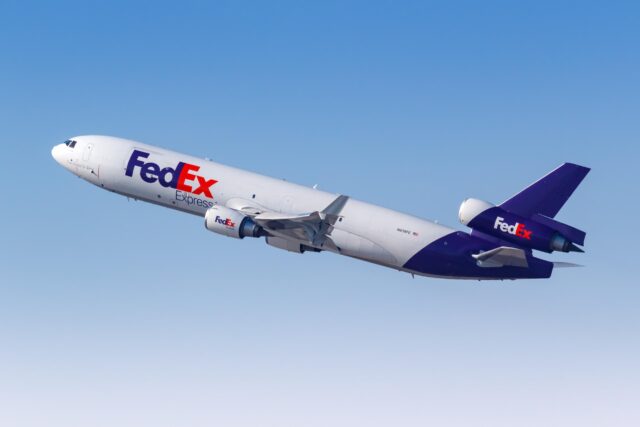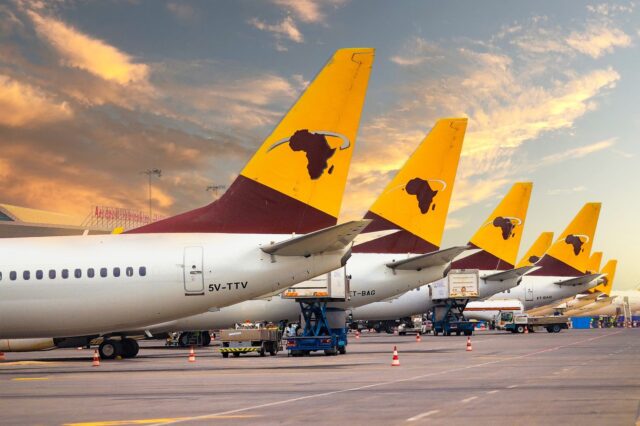Signal upgrade: NASA trials 5G network to boost air taxi connectivity
NASA is trialling 5G technology used in existing mobile networks to support the next generation of aviation.
As part of its project named AeroMACS 5G Integrated Communications,…

July 24, 2025

NASA is trialling 5G technology used in existing mobile networks to support the next generation of aviation.
As part of its project named AeroMACS 5G Integrated Communications, Navigation, and Surveillance (ACNS), NASA is testing a 5G-based aviation network, to support air taxi communications.

Two specialised radio systems have been developed at the space agency’s Glenn Research Center to study how well fifth-generation cellular network technology (5G) can handle the demands of communications for the next generation of air travel, including air taxis, drones and autonomous aircraft.
One of the radios was placed in a Pilatus PC-12 aircraft, while the other was set up on the roof of Glenn’s Aerospace Communications Facility building. Signal transmission was tested using a radio frequency band dedicated by the Federal Communications Commission for the safe testing of drones and other uncrewed aircraft systems.

NASA trials pave way for 5G integration into existing aviation bands
Researchers used some of the flight patterns to measure how the signal might weaken as aircraft move away from the ground station. Other patterns focused on identifying areas where nearby buildings might block signals or cause dead zones.
Using these initial tests, the NASA team was able to integrate its new C-band radio testbed onto the aircraft and refine the team’s test procedures. This in turn will enable the team to understand how 5G standards and technologies could be used in existing aviation bands to enhance communication services between aircraft as well as with teams on the ground.
In addition to its primary test goals, NASA’s team also detected and verified the presence of propeller modulation. This is a form of signal interference caused by rotating propeller blades that partially block radio signals as they rotate. The effect is more significant when aircraft fly at the lower altitudes air taxis are expected to operate.
Why does this matter?
Leveraging the experience of the cellular industry in ultra-fast 5G wireless technology, NASA’s 5G prototype aviation network could serve as a blueprint for future aviation communication network providers, including satellite navigation providers and telecommunications companies.
“It could also help the Federal Aviation Administration’s (FAA’s) plans for future advanced air mobility network requirements in cities,” said Casey Bakula, lead researcher for the project.

As advanced air mobility (AAM) becomes a reality, traditional air traffic communication systems won’t be sufficient. Future aircraft will need to carry essential communication systems for command anc control, passenger safety, and coordination with other aircraft to avoid collisions.
NASA’s project is a step toward ensuring these next generation aircraft can operate safely and efficiently in increasingly crowded skies.
5G is 80% of solution for secure aviation networks
According to NASA, if 5G networks could provide an 80% solution to the challenge of ensuring reliable, secure and scalable aviation networks for the needs of the air taxi industry, researchers can focus on the remaining 20%.
One of the main advantages of 5G networks is that they can manage large amounts of data at once. They also have low signal transmission delay compared to satellite systems, which could make them ideal for providing location data between aircraft operating in busy urban environments.

NASA’s research will be shared with the FAA and stakeholders in the AAM sector. It is also aligned with NASA’s AAM mission, which aims to safely integrate air taxis into the national airspace system.
















